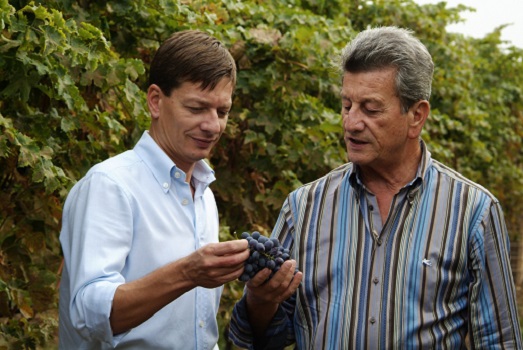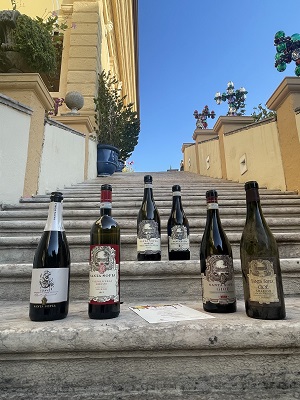The oenocultural renaissance of Santa Sofia
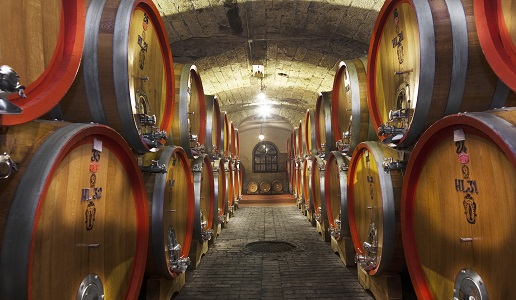
An historic winery in Valpolicella, Santa Sofia owns 24 hectares in a particular area: Montegradella. This is where the Amarone Gioè comes from, which is released only in particular vintages, such as the 2013, which we tasted as a preview.
There is a place in Valpolicella Classica, a few kilometers from Verona, called Montegradella. For all intents and purposes a place name, but some would call it a grand cru. It is in the center of the Classical Mention vineyards and is all planted with vines and olive trees. The vines are Veronese pergola, the vineyards are terraced, and the soil composition is mostly limestone, white soils rich in more or less large stones. Ventilation and temperature range are not lacking, and have contributed and made Montegradella a happy oasis for Corvina, Corvinone, and Rondinella, Verona's native red grapes par excellence.
Acquainted with all this information, and more, is Luciano Begnoni, who in Montegradella has seen the home of his most important wines. The Santa Sofia winery, which Begnoni owns, tends the beauty of 24 hectares in this toponym. Here sees the light first of all the wine that also bears its name on the label, Valpolicella Classico Superiore Montegradella (now out with the 2018 vintage). But such a vocated place could not fail to give life also to an Amarone, and it is precisely from the best rows of Montegradella that, in the most suitable vintages, Amarone della Valpolicella Classico Gioè is born. Of this special expression of terroir and wine, the new vintage, the 19th in almost sixty years, since 1964, is finally ready. I tasted the 1998, decidedly extra-ordinary, and a preview of the 2013 vintage; the latter vintage that the Begnoni family calls "synonymous with the oenocultural renaissance we want to bring to the territory."
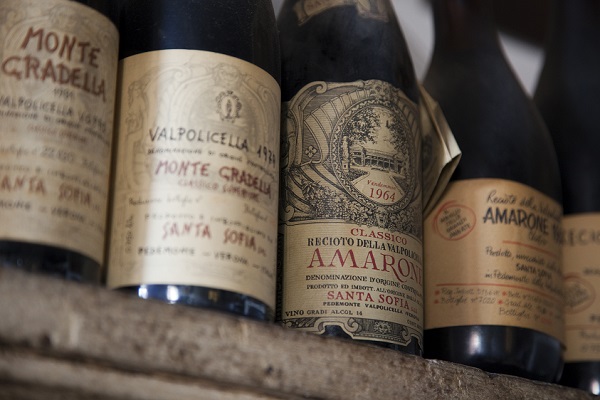
To understand the meaning of "enocultural renaissance" we need to take a step back (by 200 years) and start from the origins. Santa Sofia as a winery was born two centuries ago, with wine production attested as early as 1811. The symbol of the winery, although it now has little to do with the winery, is the Villa designed by Andrea Palladio in 1565. The Villa today is uninhabitable and closed to the public; what can be visited, however, are the cellars below, belonging to the winery, which are the resting place for wine in wooden barrels. The oldest part of the underground cellar dates back to 1300 and was the work of the friars of San Bernardino, the same ones who erected the chapel dedicated to St. Sophia, hence the name of the winery.
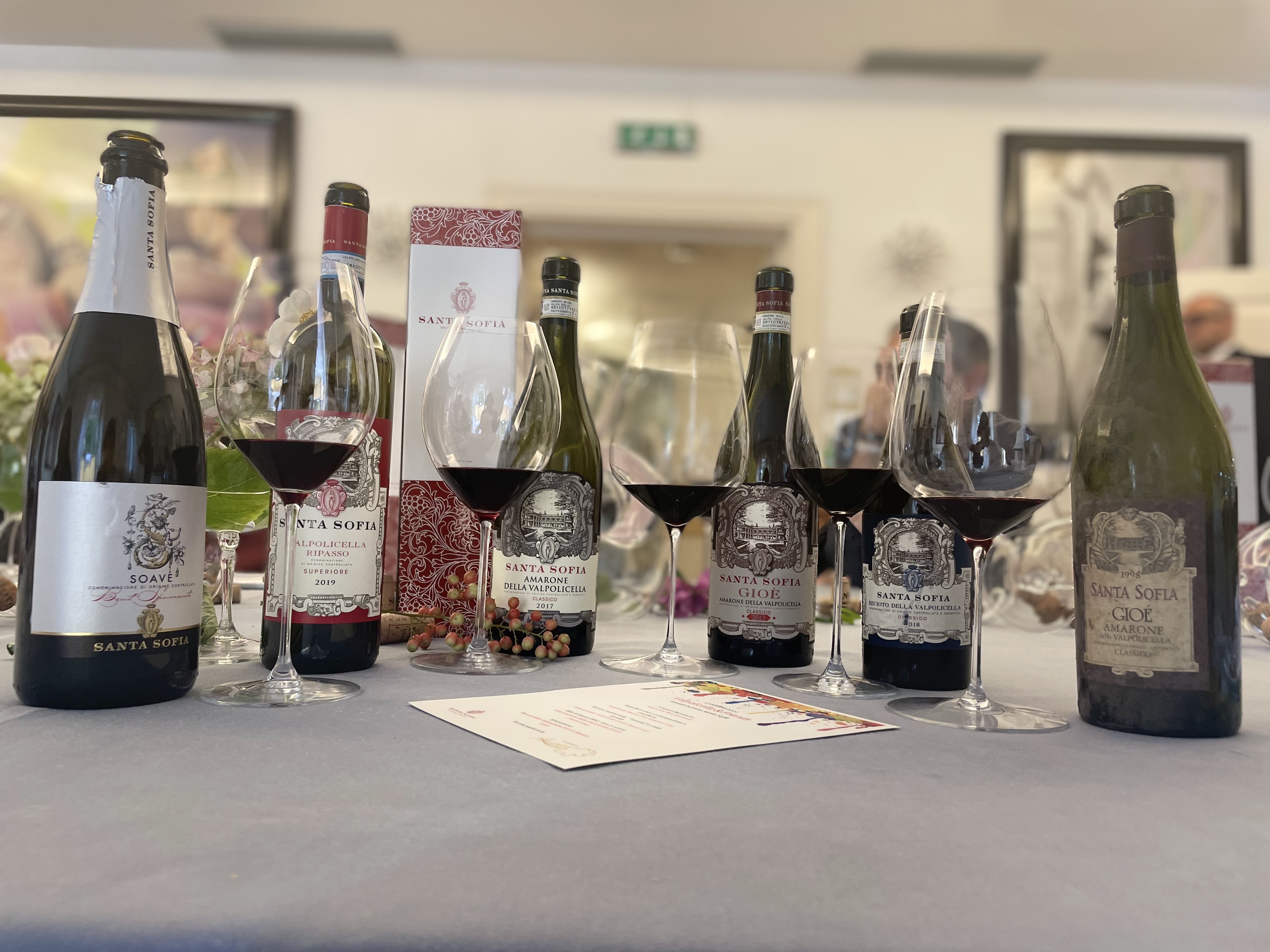
Today the company produces 650 thousand bottles/year, from 5 different docs. Luciano, after the premaura death of his sister Patrizia, always in his thoughts and remembered with much affection, has, deservedly, sent his father into retirement. Confident of the company's solid foundations, he now focuses everything on a young, dynamic and professionally trained team. In addition to the aforementioned Matteo, who is more reserved and less media-savvy, it is impossible not to mention Chiara Guardini. Chiara is entrusted with the communication and hospitality part of the winery; prepared and on the ball, she fully conveys the essence of Santa Sofia and Valpolicella. A new winery headquarters, not far from the current one, will be operational soon (we hope); the new building will be efficient and performing both operationally and enorgetically. But Santa Sofia is not just Valpolicella Classica-the Briago project is a reality. 45 hectares, 15 of which are vineyards, owned since 2015, all Guyot, native varieties, between 320 and 440 meters above sea level in Valpantena, the other geographical mention of the appellation. The goal at this new estate will be to focus on vineyard practices, surrounded by forest and biodiversity, certified organic pushing the envelope to biodynamic.
To read the wines' organoleptic descriptions, rating and price, click on the names.
Related Products
| Product | Producer | Date of publication | Author | Read | |
|---|---|---|---|---|---|

|
Montegradella 2018
Valpolicella Classico Superiore |
Santa Sofia | 01/06/23 | Sissi Baratella | |

|
Gioè 2013
Amarone della Valpolicella Classico |
Santa Sofia | 01/06/23 | Sissi Baratella | |

|
Santa Sofia
|
05/06/11 | Redazione |
The estate’s headquarters is in a Palladian villa in Pedemonte, a clear indication that this is an historic estate. For almost 50 years it has belonged to Giancarlo Begnoni who now runs it with... Leggi tutto |

 Italiano
Italiano

